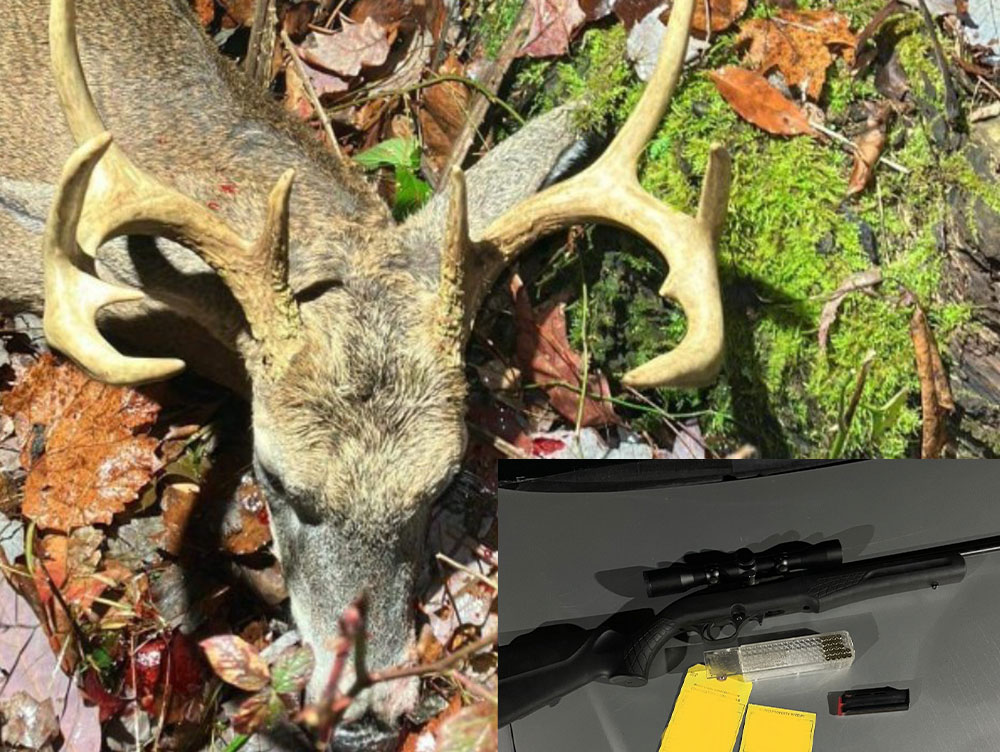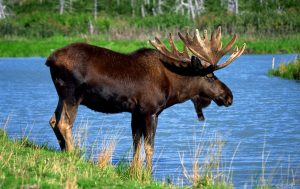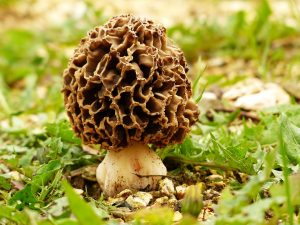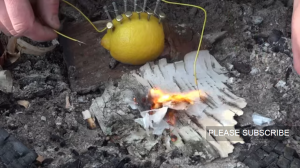With the sounds of gunshots ringing through many nights during October and November of 2022, it wasn’t long before both complaints and anonymous tips began to pour in regarding what would soon become one of Pennsylvania’s largest poaching cases.
The allegations eventually landed on the desk of state Game Warden Bill Brehun. Working the case like a true bloodhound, Brehun and his team finally got a few breaks. With a number of substantial tips recorded on the state’s Operation Game Thief Hotline, Brehun began his investigation that resulted in five search warrants and eventual interviews with suspects involved.
The execution of the search warrants resulted in key evidence obtained from cell phone records, as well as the confiscation of a Rossi .22 rifle, which was believed to have been the weapon of choice for the illegal killings.
After the dust settled, Brehun and his team concluded that a total of 26 deer had been illegally shot during the poaching spree in the fall of 2022. The team noted that the majority of the animals that had been shot were left to rot where they were shot.
“They were killing deer between Love Hollow Road, Clark Hollow Road, Hafferty Hollow, Mountain View Road and Creek Road,” said Brehun. “They were just making circles there in that given area and just shooting anything they saw, it seemed like.”
With evidence piling up, the case was finally adjudicated last week with charges being filed against Michael T. Matson Jr., 21, Angelica S. Morgan, 19, and Chase Piper, 20.
Piper was hit with six months of probation, a $1,600 fine, and a 25-year hunting ban for admitting to killing five deer. Morgan received equal punishments and a 10-year hunting ban for admitting to killing two. Matson, who owned the firearm and killed 15 deer himself, was sentenced to one to two years in state prison with a 75-year hunting ban. Prior to this case, he was already prohibited from owning a firearm due to past offenses.
“It was definitely a very time-intensive investigation, but larger cases like this deserve the time because it really positively affects the locals and people who hunt in and around that area, and this is the type of case that really makes a positive impact on the wildlife resource,” Brehun concluded.
“This was the largest case that I’ve had throughout my 12 years on the job.”




